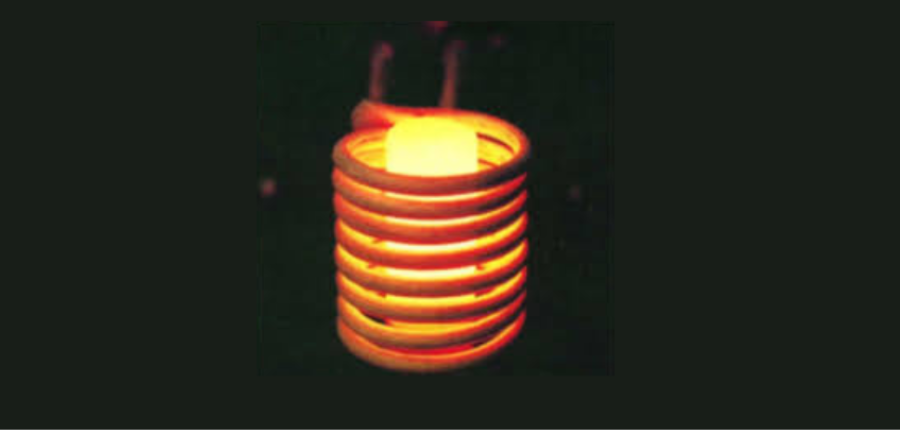During the day-to-day operation of heat treat departments, many habits are formed and procedures followed that sometimes are done simply because that’s the way they’ve always  been done. One of the great benefits of having a community of heat treaters is to challenge those habits and look at new ways of doing things. Heat Treat Today‘s 101 Heat Treat Tips, tips and tricks that come from some of the industry’s foremost experts, were initially published in the FNA 2018 Special Print Edition, as a way to make the benefits of that community available to as many people as possible. This special edition is available in a digital format here.
been done. One of the great benefits of having a community of heat treaters is to challenge those habits and look at new ways of doing things. Heat Treat Today‘s 101 Heat Treat Tips, tips and tricks that come from some of the industry’s foremost experts, were initially published in the FNA 2018 Special Print Edition, as a way to make the benefits of that community available to as many people as possible. This special edition is available in a digital format here.
Today, we offer one of the tips published under the Combustion category.
Combustion
Heat Treat Tip 50
Effect of Exhaust Gas Temperature vs. O2 on Efficiency
Tuning a burner properly is important for safety. Tuning can also have a significant effect on efficiency in some but not all cases.
The efficiency of a conventional cold air burner varies significantly with the amount of excess air (related to % O2 in the exhaust products). Since a cold air burner does not use the exhaust gas to preheat the combustion temperature, the exhaust gas temperature is essentially equal to the furnace temperature. For a cold air burner operating at a 1,850°F, reducing excess air from 20% to 10% (reducing O2 from 4% to 2%) will increase efficiency by almost 5%.
Modern high-efficiency burners use the exhaust gas to preheat the combustion air as it enters the burner. Therefore, the temperature of the exhaust gas leaving the burner is significantly lower. The lower the exhaust gas temperature, the smaller the effect of a change in excess air on efficiency. For example, a self-regenerative burner operating at 1,850°F may have an exhaust gas temperature around 480°F. In this case, reducing excess air from 20% to 10% (reducing O2 from 4% to 2%) will only increase efficiency by about 1%.
As a general rule of thumb, reducing exhaust gas temperature by 180°F will increase efficiency by about 5%. So while proper tuning is important for many reasons, it does not have a significant effect on the efficiency of burners with advanced heat recovery systems.
This tip was submitted by WS Thermal.





